SICAM Q100
Power quality recorder – SICAM Q100
- Stock status:
- In stock
- Manufacturer:
- Siemens
- Product code:
- SICAM Q100
Main documents
- Product datasheet
- Instruction sheet
- Catalogue
| Hardware | |
| transformers | 4 current transformers |
| voltage | 0 / 3 voltage transformers |
| Product family | mv digital protection relays power analyzersOther |
| binary inputs | 3 / 7 binary inputs (thresholds configurable using software) |
| Product | |
| binary outputs | 5 / 8 binary outputs (2 changeover) |
| life contact | 1 life contact |
| Pluggable | Pluggable current and voltage terminals. |
| time-overcurrent | Directional time-overcurrent protection, ground (67N) |
| Trip-circuit | Trip-circuit supervision (74TC) |
| Additional Product Information | |
| Forward-power | Forward-power, reverse-power protection (32) |
| Rate-of-voltage | Rate-of-voltage-change protection (27R/59R) |
| Rate-of-frequency | Rate-of-frequency-change protection (81R) |
| programmable | 9 programmable function keys |
| Secondary current transformer values | Secondary current transformer values (1 A / 5 A) settable using DIGSI |
| Binary input | Binary input thresholds settable using DIGSI (3 stages) |
| Pluggable | Pluggable current and voltage terminals |
| frequency | Rate-of-frequency-change protection (81R) |
| voltage | Rate-of-voltage-change protection (27R/59R) |
| reclosing | Automatic reclosing (79) |
| Voltage dependent | Voltage dependent inverse-time overcurrent protection (51V) |
| Directional | Directional intermittent ground fault protection (67Ns) |
Product Description
Siemens
Siemens, a global leader in the electrical and industrial automation sectors, is renowned for its high-quality products and solutions, ranging from electrical equipment and automation systems to energy management and telecommunications technologies.
With a strong focus on innovation, Siemens provides cutting-edge solutions that enhance operational efficiency, sustainability, and productivity across various industries. From advanced circuit breakers and switchgear to smart grid solutions, Siemens continues to shape the future of technology, delivering reliable and energy-efficient products that meet the evolving needs of businesses and industries worldwide.
Reyrolle Siemens
Reyrolle Siemens protection relays are designed for reliable and efficient safeguarding of electrical distribution systems. Known for their precision, durability, and advanced technology, these relays ensure the highest standards of safety and protection in industrial and commercial applications.
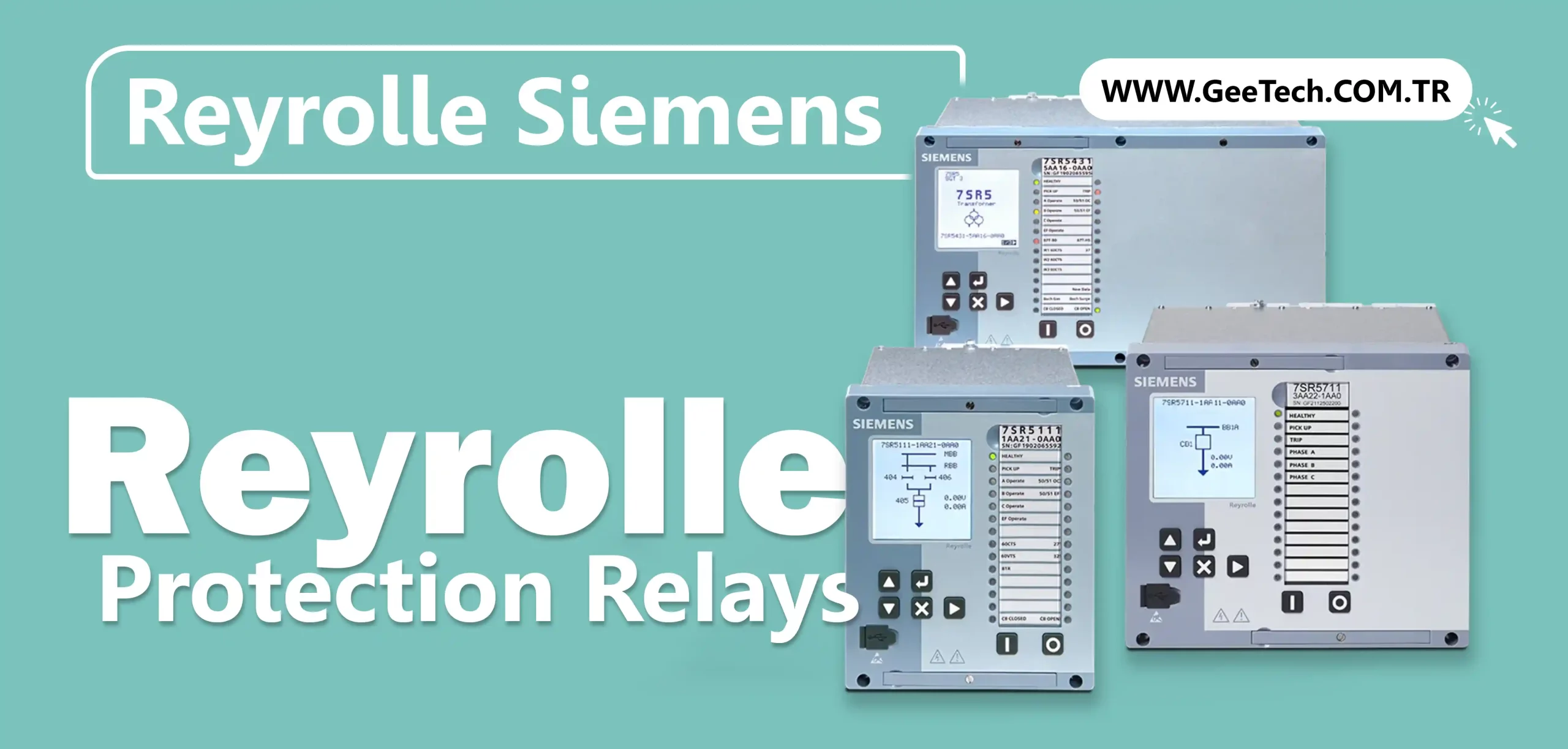
Reyrolle Protection Relays
Reyrolle protection relays by Siemens are a trusted solution for safeguarding electrical systems in power distribution networks and industrial environments. With a long history of innovation, Reyrolle relays deliver precise fault detection and rapid response to minimize damage and downtime in the event of electrical faults.
Reyrolle 5 protection relays are built to meet the evolving needs of modern electricity networks, offering advanced communication capabilities and enhanced cyber security. Designed with a focus on ease of use, these relays feature a large, clear LCD display, responsive tactile pushbuttons, and programmable LEDs that simplify operation.
The innovative design includes a withdrawable relay element, making maintenance and replacement quick and straightforward. Reyrolle 5 relays ensure seamless integration into your systems, combining cutting-edge technology with user-friendly functionality to support reliable protection for future electrical infrastructures.
SICAM Q100
The SICAM Q100 is a versatile multifunctional power quality recorder designed to acquire, visualize, evaluate, and transmit electrical measured variables, including alternating current, alternating voltage, frequency, power, harmonics, and more. It ensures compliance with the IEC 61000-4-30 Class A power quality measurement standard, making it a reliable tool for maintaining power quality across various applications.
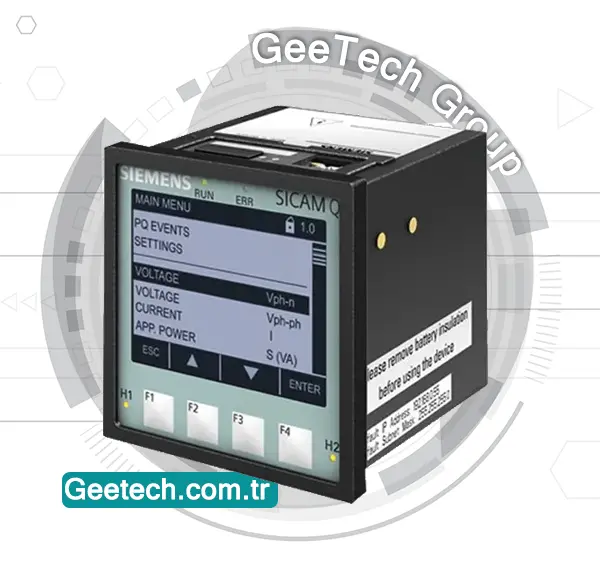
Key Features and Specifications:
The SICAM Q100 can measure and record:
- True RMS alternating current and voltage
- Frequency, power types (active, reactive, apparent)
- Power factor, phase angle, and harmonics
- Ability to capture power quality events such as voltage sags, swells, interruptions, and transients
Power Quality Compliance:
- Measurements and event recordings are performed according to IEC 61000-4-30 Class A, ensuring high accuracy and consistency.
- Supports EN 50160 power quality standards, which define the main voltage characteristics at customer supply terminals across low, medium, and high-voltage systems.
- The device helps identify weak points in power quality by providing detailed analysis, allowing users to take appropriate corrective actions.
Versatile Application:
- Suitable for single-phase, three-wire, and four-wire systems (with neutral conductor).
- Widely used in power utilities, industrial plants, and commercial sectors where comprehensive measurement and monitoring of power quality are essential.
Recording and Evaluation Functions:
- In addition to real-time monitoring, the SICAM Q100 offers combined recording and evaluation features.
- Can record measured data at programmable time intervals using various recorders, such as power quality and fault recorders.
- Long-term data and events are directly evaluated within the device, which can produce detailed reports according to power quality standards (e.g., EN 50160).
Communication and Data Integration:
- The device can transmit measured variables to a PC or system control via communication interfaces, facilitating integration with existing systems.
- Supports the use of data export for further analysis and documentation.
Ease of Use and Flexibility:
- Provides clear visualization of measured data on a display, allowing users to monitor power quality in real-time.
- Suitable for a wide range of applications, from monitoring individual equipment to large-scale power quality management in distribution networks.
- Power Quality and Supply Reliability
The SICAM Q100 emphasizes the importance of maintaining high power quality, as insufficient power quality can negatively impact operational processes and equipment safety, leading to increased costs for users and suppliers. Ensuring stable power supply is critical, especially as renewable energy sources are integrated into power grids, requiring precise monitoring and optimization.
Conclusion
The Siemens SICAM Q100 is a reliable, all-in-one power quality recorder designed to help users monitor, evaluate, and improve power quality across various systems. Its compliance with international standards, combined with robust recording and evaluation features, makes it an essential tool for ensuring power stability and efficiency in utility, industrial, and commercial applications.
Frequently Asked Questions
Is Schneider Circuit Breaker Good?
Schneider Electric circuit breakers are a top choice for protecting electrical systems from overloads and short circuits. Renowned for their superior quality, reliability, and safety, Schneider Electric offers a wide range of products to meet diverse needs and requirements.
✅ For pricing, reviews, and purchasing Schneider Electric circuit breakers, you can contact the GeeTech group.
Which is Better: Schneider or Siemens Circuit Breakers?
When comparing Schneider and Siemens circuit breakers, both brands offer unique strengths and advantages, making them top choices in the industry.
✅ Both Schneider and Siemens circuit breakers are excellent choices for protecting electrical systems. Schneider excels in versatility and precision engineering, while Siemens is known for its exceptional build quality and innovation. The choice between the two depends on specific needs and preferences, ensuring reliable protection and performance for any electrical system.
What are the three types of miniature circuit breaker?
✅Miniature Circuit Breakers (MCBs) are essential for protecting electrical circuits from overcurrents and short circuits. There are three primary types of MCBs: Type B, Type C, and Type D. Each type is designed to respond to different levels of electrical surges in various settings.ft starters minimize the initial surge of power during startup by gradually increasing the voltage supply. This controlled power-up process prevents the motor from overheating, reducing the risk of temporary shutdowns and significantly extending the lifespan and durability of the motors.
What's the difference between type B and C MCBs?
✅Type B devices are engineered to trip when fault currents reach 3-5 times the rated current (In). For instance, a 10A Type B device will trip at 30-50A. Type C devices, on the other hand, are designed to trip at fault currents of 5-10 times In, which means a 10A device will trip at 50-100A. Lastly, Type D devices are intended to trip at fault currents of 10-20 times In, so a 10A device will trip at 100-200A.
What size is a Schneider 3 pole MCB?
✅ The product dimensions are (W) 54mm x (H) 85mm x (D) 77.5mm, and it weighs 0.31kg. It adheres to the IEC 60529 standard, offering a degree of protection rated at IP20 and IP40 when enclosed.
What is the Full Name of MCBs?
✅MCB Full Form - Miniature Circuit Breaker
✅Miniature Circuit Breaker
The full form of MCB is Miniature Circuit Breaker. An MCB is a type of electronic switch that operates automatically. It detects issues within a circuit by identifying excessive current flow, providing protection by interrupting the circuit to prevent damage.
What Are Miniature Circuit Breakers?
✅ Miniature Circuit Breaker (MCB) - Definition, Types, and Uses
A Miniature Circuit Breaker (MCB) is a safety device equipped with an electro-mechanical mechanism that automatically interrupts the flow of excessive current in a circuit. Unlike fuses, MCBs can be reset and reused without manual replacement, enhancing safety and convenience in electrical systems.



















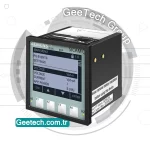
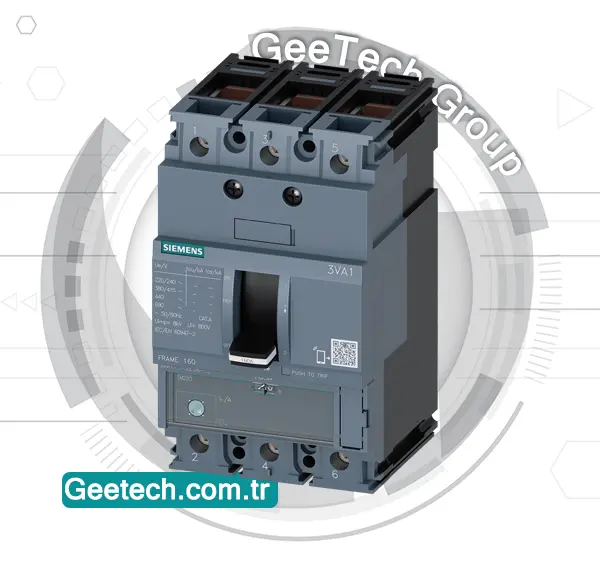

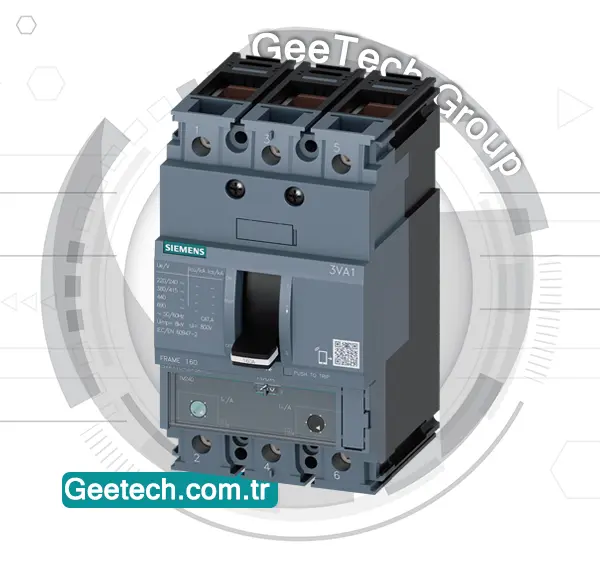


Reviews
There are no reviews yet.